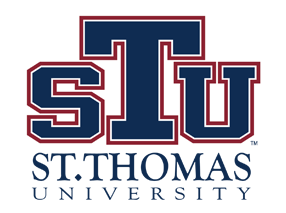Cost of Attendance
The “Cost of Attendance” (COA)—sometimes referred to as the “student budget”—is an estimate of what it costs a typical student to attend a college or university for one academic year.
Cost of attendance does not only include tuition; it also takes basic living expenses into account.
Every student who applies for aid is assigned a cost of attendance. This COA serves two purposes:
- to give an estimate of the cost to attend STU for one year, and
- to set a limit on the amount of financial aid students can receive during the academic year (which federal regulations require STU to do).
This means students actual expenses may be different from what is listed on their offer package, and the total amount—including scholarships, grants, loans, and work-study—can’t exceed the total cost of attendance.
Cost of attendance is made up of two different types of costs: direct and indirect.
- Direct costs are items that will appear on the university bill, such as tuition, fees, and room and board (only for student who reside on campus).
- Indirect costs will not appear on the university bill but are estimated costs associated with going to college and must be included in the budget. These include items like books, supplies, transportation, and personal expenses.
Please Note:
- The cost for Direct Loan Origination Fee will only be added to those students who accept a Federal Stafford Direct Subsidized, Unsubsidized, and/or Plus Loan.
- A cost for a obtaining a license, certification, or a first professional license will be added to the student’s Cost of Attendance if required by the program.
Cost Resources
The following links provide more precise information regarding cost:
- Tuition & Fees: Business Office
- Tuition & Fees (2024-2025)
- Housing: Residential Life
- Meal Plan: STU Dining
- Books & Supplies: Student Textbook Program
- Health Insurance


